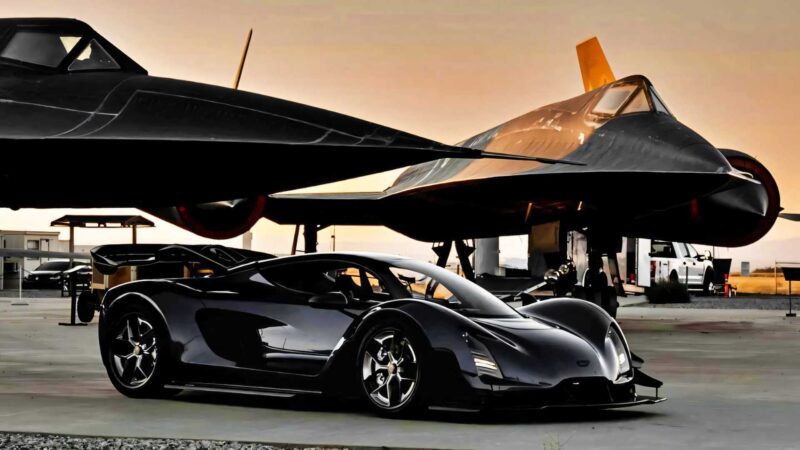Best UAV batteries manufacturer
Drone cleaning system factory today: Drone payloads are essential components designed to enhance the capabilities of UAVs and unmanned systems for a variety of specialized tasks. These payloads provide advanced tools for precise data collection, environmental monitoring, cargo transportation, and manipulation. Our offerings include spray cleaning systems for large-scale maintenance, cargo delivery systems for efficient transport, water samplers for environmental analysis, and flexible robotic arms for intricate handling tasks. Whether you’re performing industrial inspections, logistics, or scientific research, our payload of drone offer robust, reliable solutions to expand the versatility and performance of your UAVs and robots. See additional information on UAV batteries.
Inspection drones are designed to evaluate infrastructure, detect structural defects, and improve maintenance efficiency across industrial environments. They typically carry high-resolution cameras, thermal sensors, zoom lenses, and sometimes ultrasonic or radiometric tools. These drones allow inspectors to safely examine hard-to-reach areas such as bridges, power lines, pipelines, solar farms, and industrial plants. By capturing detailed imagery and thermal data, inspection drones can identify cracks, corrosion, leaks, loose components, or overheating equipment without requiring physical access or shutdowns. Their ability to hover and maneuver around complex structures makes them far more effective than ground inspections or manned climbs. Some inspection drones feature collision-avoidance systems or indoor navigation capabilities for use in confined spaces like boilers, tanks, or tunnels. They reduce inspection time, improve worker safety, and lower operational costs. As industries increasingly rely on predictive maintenance, inspection drones have become essential tools for keeping critical assets in optimal condition and minimizing downtime.
Hybrid power systems are emerging as a promising approach for industrial drones requiring extended endurance or very heavy payloads. Instead of relying solely on batteries, these UAVs combine electric cells with hydrogen fuel cells or small combustion engines to provide continuous power. Hydrogen fuel cell drones, in particular, are gaining attention due to their long flight times, fast refueling, and clean energy profile. They can remain airborne for several hours—far longer than traditional battery-powered models—making them ideal for border patrol, pipeline inspection, and long-range surveying. Hybrid designs allow electric motors to retain the advantages of quiet operation and high torque, while the secondary system supplies continuous energy. Battery packs in hybrid drones may become smaller, but they will need to be highly efficient to support power bursts and maintain consistent output. As fuel cell technology becomes more compact and affordable, hybrid UAVs may become the standard for industrial tasks that require both long endurance and high lifting capability.
The utilities sector has embraced industrial drones as essential tools for inspecting power lines, substations, and renewable energy installations. Traditional inspections are costly, time-consuming, and often require crews to work in hazardous environments. Drones equipped with zoom cameras, LiDAR, and multispectral sensors dramatically improve efficiency by capturing detailed data safely and consistently. These aircraft can quickly identify corrosion, vegetation encroachment, and thermal anomalies that could lead to outages. As AI-driven diagnostics evolve, the collected imagery will be automatically analyzed to highlight potential failures before they escalate. Future trends include persistent monitoring, where drones return to predefined flight paths regularly without human intervention, creating a continuous health record of infrastructure assets. Innovations such as increased battery energy density and rapid charging stations will allow drones to conduct longer missions with minimal downtime. With swarm technology, utilities could deploy multiple drones simultaneously to assess storm damage and restore service faster. Ultimately, drones will form part of an integrated grid management ecosystem centered on automation and predictive insights.
Public safety agencies use industrial drones for search and rescue, disaster response, and hazardous incident assessment. Equipped with thermal cameras and high-zoom optics, drones can locate missing persons quickly, even in challenging terrain. During disasters, they provide real-time situational awareness, helping responders assess damage, identify blocked roads, and coordinate evacuation routes. Chemical detection sensors allow drones to evaluate dangerous spill sites without exposing personnel to harm. Looking ahead, drones will increasingly communicate with emergency response systems to streamline information flow and optimize deployment strategies. Autonomous flight modes will enable rapid response units that automatically launch upon receiving alerts, providing immediate aerial coverage before human teams arrive. Improved connectivity through mesh networking will allow multiple drones to share data seamlessly during large-scale emergencies. Future systems may integrate drones with ground robots and aerial manned units to form a coordinated multi-layer response network. These advancements will significantly enhance public safety operations, reducing response times and improving outcomes during critical events. Discover even more info on foxtechuav.com.
Industrial drone cleaning systems are transforming the way companies maintain large and difficult-to-reach structures. These specialized drones are equipped with high-pressure nozzles, brushes, chemical applicators, or water-fed systems that allow them to clean surfaces traditionally serviced by scaffolding, cranes, or rope-access technicians. Because drones can hover, maneuver in tight spaces, and operate with precision, they significantly reduce the labor and time required for tasks such as washing façades, clearing rooftop debris, or removing dust from industrial equipment. Their remote operation minimizes direct human exposure to hazardous conditions, including extreme heights, high-temperature surfaces, and contaminated environments. Many industrial drones are also fitted with sensors and cameras, enabling real-time monitoring and documentation of the cleaning process. This provides businesses with greater transparency and quality assurance. By reducing reliance on heavy machinery and improving safety, drone-based cleaning offers clear financial and operational advantages. As more industries adopt automation, drones are becoming a reliable resource for routine maintenance, emergency cleaning, and difficult cleaning jobs once considered too slow or dangerous for traditional methods.

